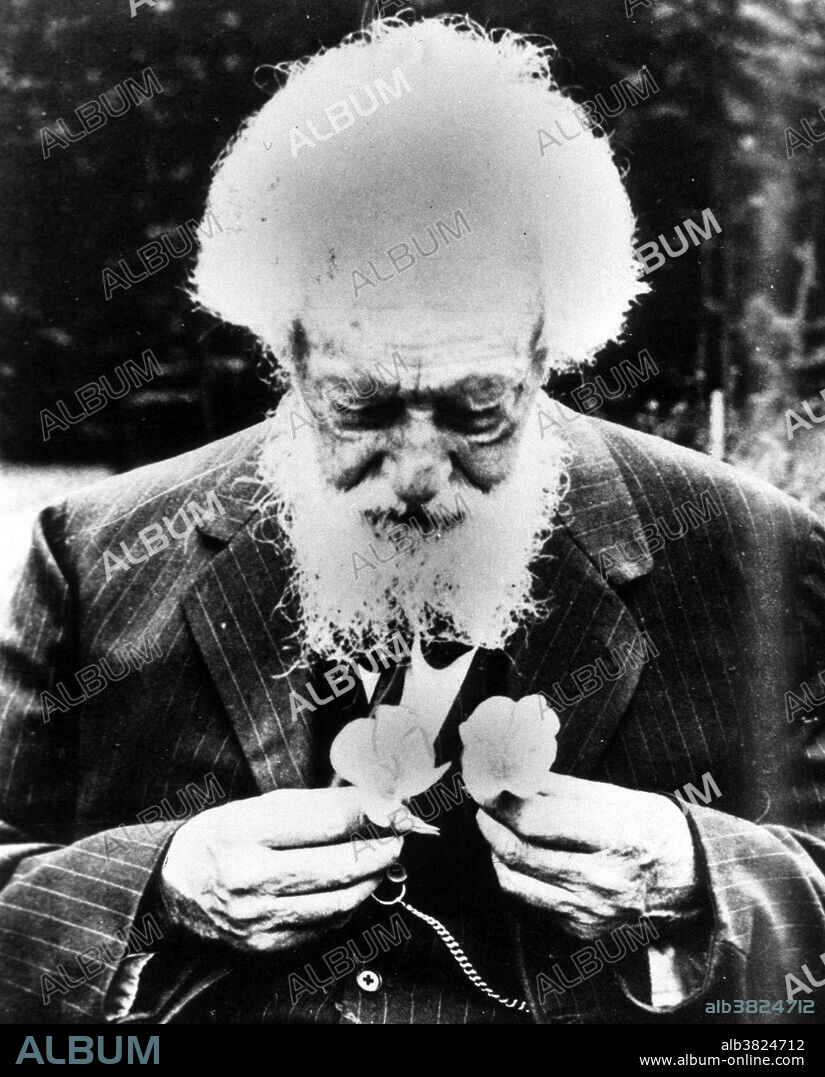alb3824712
Hugo Marie de Vries, Dutch Botanist and Geneticist

|
Zu einem anderen Lightbox hinzufügen |
|
Zu einem anderen Lightbox hinzufügen |



Haben Sie bereits ein Konto? Anmelden
Sie haben kein Konto? Registrieren
Dieses Bild kaufen.
Nutzung auswählen:

Titel:
Hugo Marie de Vries, Dutch Botanist and Geneticist
Untertitel:
Siehe automatische Übersetzung
Hugo Marie de Vries (1848-1935) was a Dutch botanist and one of the first geneticists. In 1886 he discovered new forms of the evening primrose (Oenothera lamarckiana) growing wild in a meadow. Taking seeds from these, he found that they produced many new varieties in his experimental gardens; he introduced the term mutations for these suddenly appearing variations. In 1889, De Vries published his book Intracellular Pangenesis. He postulated that different characters have different hereditary carriers and that inheritance of specific traits in organisms comes in particles. He called these units pangenes (20 years later shortened to genes by Wilhelm Johannsen). In his two-volume publication The Mutation Theory (1900-1903) he postulated that evolution, especially the origin of species, might occur more frequently with such large-scale changes than via Darwinian gradualism, basically suggesting a form of saltationism. De Vries's theory was one of the chief contenders for the explanation of how evolution worked. He continued his studies with new forms until his death in 1935.
Bildnachweis:
Album / NLM/Science Source
Freigaben (Releases):
Model: Nein - Eigentum: Nein
Rechtefragen?
Rechtefragen?
Bildgröße:
2850 x 3536 px | 28.8 MB
Druckgröße:
24.1 x 29.9 cm | 9.5 x 11.8 in (300 dpi)
Schlüsselwörter:
BERÜHMT • BERÜHMTE PERSÖNLICHKEIT • BOTANIK • EVOLUTION • FORSCHUNG • GENETIKER • HYBRIDISIERUNG • ILLUSTRATOR • MANN • MUTATION • NOTABEL • PERSON • PERSöNLICHKEITEN • PERSÖNLICHKEITEN • PORTRAIT • PROMINENZ
 Pinterest
Pinterest Twitter
Twitter Facebook
Facebook Link kopieren
Link kopieren Email
Email
